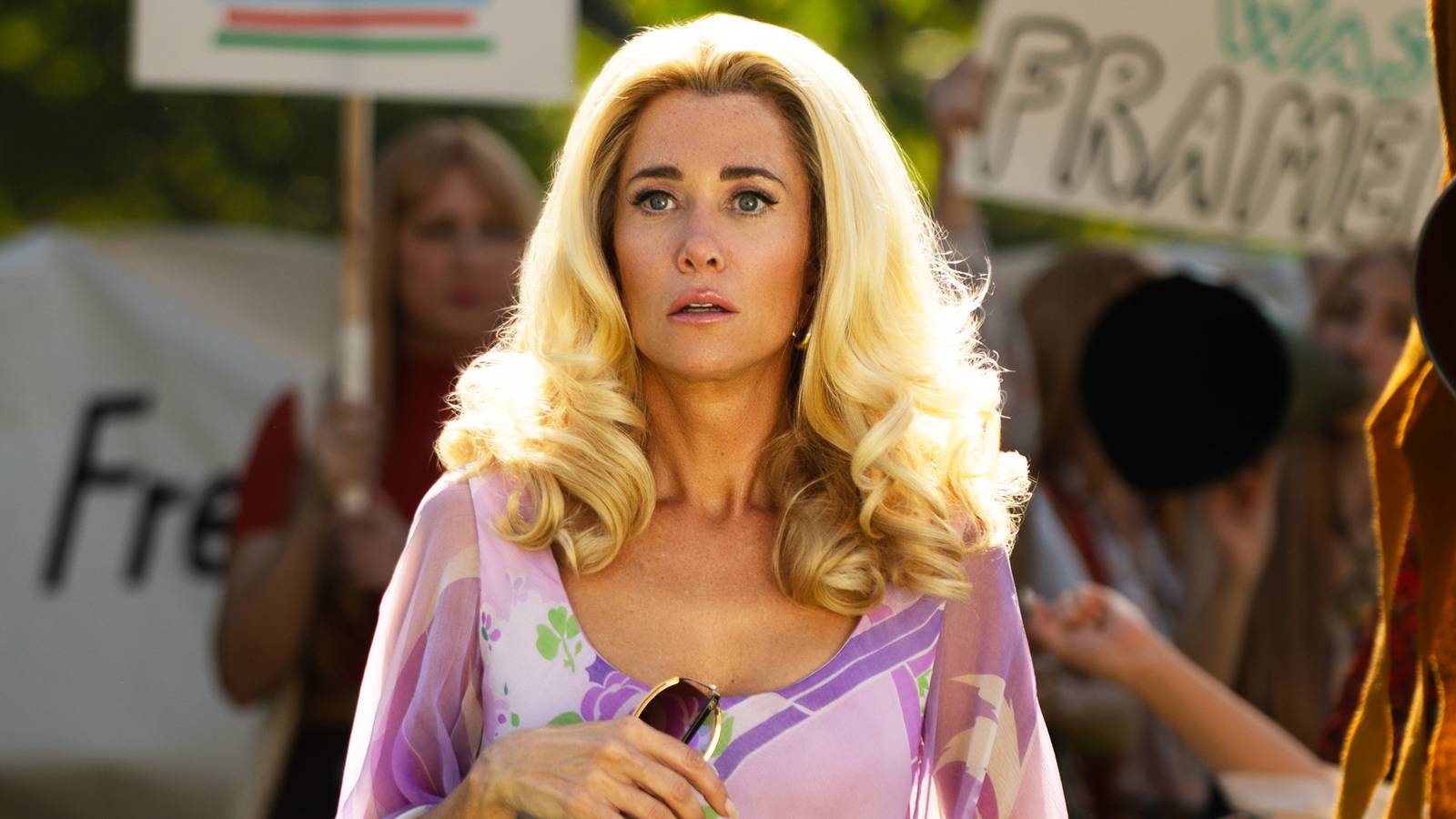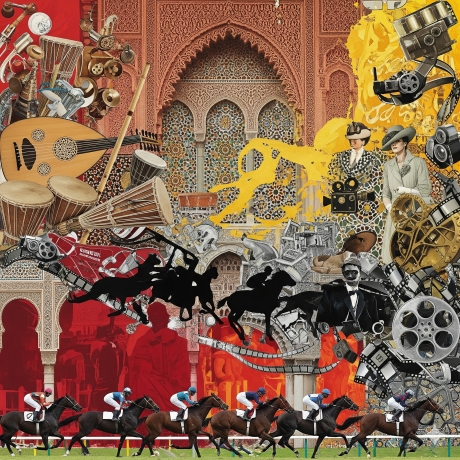Promise and Fail: The Ghost Towns of Africa
.jpeg)
Cities are where dreams go to be tested. In glossy architectural renderings they solve problems in a second. In reality they must answer a harder question: who will live there, and why.
Over the last decade a string of high-profile African developments were unveiled as fixes to congestion, slum housing, and underinvestment. Some became wooden props for political ambition. Others filled up, quietly, when prices and services were adjusted. The stories are not simply about failed architecture. They are about expectation, money, and the stubborn fact that a city needs people more than monuments.
The quiet that follows the press release
The spectacle is familiar. A ribbon is cut, national leaders pose for photographs, and international press runs with images of unrealized abundance. Hope City outside Accra promised to be a tech hub crowned by Africa's tallest tower. The announcement reverberated because it promised jobs and a different future for Ghana. But financiers and contractors did not materialize at scale, and the project stalled into silence and overgrown plots in the years afterward. The pause is not dramatic. It is a long, bureaucratic drift where land sits underutilized while politicians move on.
Kilamba, outside Luanda, tells a more complicated story. Built by a Chinese firm and unveiled in 2012 with rows of pastel blocks and vast optimism, Kilamba was quickly labeled a ghost city when early photos showed low occupancy. The cause was simple and structural: units were priced beyond the reach of most Angolans and essential services were slow to follow. After policy adjustments and subsidies the city began to fill. The ghost city label, vivid and enduring, obscured a less tidy truth. Kilamba did not die. It evolved under the pressure of markets and state intervention into a place where people now live.
When ambitions outpace budgets and politics
Image Above: Modderfontein layout. Credit: Moneyweb
Modderfontein, announced as a China-backed smart city near Johannesburg, was another headline magnet. The plan read like the playbook for leapfrogging urban modernity with offices, parks, and transit. Reality again was more pedestrian. Financing wobbled, local resistance and regulatory complexity opened cracks, and the original Manhattan-in-Africa rhetoric was scaled back. Portions of the land have been developed in more modest ways, but the fantasy of an instant metropolis proved unaffordable. Modderfontein is useful as a reminder that big ideas require patient politics and stable capital.
Eko Atlanticoff the coast of Lagos is the counterpoint. Reclaimed from the sea and pitched to global capital, it is progressing even as critics call it an enclave for the wealthy and a gamble against rising seas. It is not empty. It is exclusive, engineered, and politically charged. Eko Atlantic shows another lesson: when the buyers exist and the infrastructure is built, a new enclave can anchor itself even in deeply unequal cities. That success does not resolve the moral question of whose future the city serves.
Once-prized sites that became places of poverty
Image Above: Eko Atlantic City. Credit: Own a Home Ng.
If the story of planned cities is a lesson in expectation, the story of certain urban buildings and neighborhoods is a lesson in reversal. Ponte City in Johannesburg began life in the 1970s as a glamorous vertical community, then fell into decay with the city center’s decline.
In the 1990s and 2000s the tower became notorious for crime and neglect and came to be described as a vertical slum. In the last decade there have been attempts at rehabilitation and at narrating a different future for the tower.
Ponte is a rare lens into how an elite address can, through a mixture of social change and policy failure, become precisely what development programs aim to erase.
District Six in Cape Town is another, darker example. Once a multiethnic, centrally located neighborhood within easy reach of the harbor and the city center, it was declared a white area under apartheid and forcibly cleared. The state labeled it slum in order to justify removal, even though the land’s proximity to Table Mountain and the port made it prime real estate.
The district’s destruction and long afterlife as a contested memory shows how political power can transform desirable land into a symbol of loss. It also shows that slum is not only a housing condition but a political one.
Not all visions fail, and not all slums are the same
It is important to be careful with labels. Kilamba’s partial recovery complicates the ghost town narrative. Eko Atlantic’s activity complicates the charge that all flagship projects are empty showpieces.
Ponte City’s slow revival complicates the story that decline is permanent. These examples show that urban trajectories are malleable, and that policy choices, market adjustments, and local agency can alter outcomes.
Similarly, slums are not merely a failure to build. They are places of survival, networks, and improvisation. That makes them resilient in ways elites often overlook. To dismiss informal settlements as mere backdrops to planned city glamour is to ignore the social capital they host.
When luxury projects displace those networks, they risk creating both a physical vacancy and a moral one. Scholars and planners who study these spaces urge incremental upgrading and mixed tenure solutions rather than wholesale replacement.
The human measure of success
If there is a single guideline that emerges from these stories it is this: cities are not judged by their tallest towers but by their capacity to support everyday life. A boulevard without a market is a photograph. A tower without transit is a postcard.
A newly reclaimed peninsula without affordable units will be a citadel. The temptation to create a single flagship to symbolize national progress is understandable. It is also dangerous when it substitutes for the messy, unglamorous work of building homes, schools, and livelihoods.
Urbanists who actually want to end slum conditions do not focus first on icons. They focus on incremental affordability, transport links, tenure security, and local services.
If a development can combine prestige with those fundamentals, it may be a city in the making rather than a mirage. Kilamba’s gradual normalization, Ponte City’s tentative revival, and Eko Atlantic’s continued construction each offer pieces of that test.
Conclusion
The most useful way to read Africa’s luxury city experiments is as experiments, not revelations. Some experiments will fail, some will adapt, and a few will work enough to spark imitation. The headline that matters is not how big the tower is but how consistently and equitably a place can be made fit to live in.
The future of African cities will be decided not by renderings but by whether planners and politicians learn to value everyday urban life above spectacular capital. If they do, the next wave of projects might stop being mirages and start being homes.
You may also like...
Super Eagles' Shocking Defeat: Egypt Sinks Nigeria 2-1 in AFCON 2025 Warm-Up

Nigeria's Super Eagles suffered a 2-1 defeat to Egypt in their only preparatory friendly for the 2025 Africa Cup of Nati...
Knicks Reign Supreme! New York Defeats Spurs to Claim Coveted 2025 NBA Cup

The New York Knicks secured the 2025 Emirates NBA Cup title with a 124-113 comeback victory over the San Antonio Spurs i...
Warner Bros. Discovery's Acquisition Saga: Paramount Deal Hits Rocky Shores Amid Rival Bids!

Hollywood's intense studio battle for Warner Bros. Discovery concluded as the WBD board formally rejected Paramount Skyd...
Music World Mourns: Beloved DJ Warras Brutally Murdered in Johannesburg

DJ Warras, also known as Warrick Stock, was fatally shot in Johannesburg's CBD, adding to a concerning string of murders...
Palm Royale Showrunner Dishes on 'Much Darker' Season 2 Death

"Palm Royale" Season 2, Episode 6, introduces a shocking twin twist, with Kristen Wiig playing both Maxine and her long-...
World Cup Fiasco: DR Congo Faces Eligibility Probe, Sparks 'Back Door' Accusations from Nigeria

The NFF has petitioned FIFA over DR Congo's alleged use of ineligible players in the 2026 World Cup playoffs, potentiall...
Trump's Travel Ban Fallout: African Nations Hit Hard by US Restrictions

The Trump administration has significantly expanded its travel restrictions, imposing new partial bans on countries like...
Shocking Oversight: Super-Fit Runner Dies After Heart Attack Symptoms Dismissed as Heartburn

The family of Kristian Hudson, a 'super-fit' 42-year-old marathon runner, is seeking accountability from NHS staff after...






